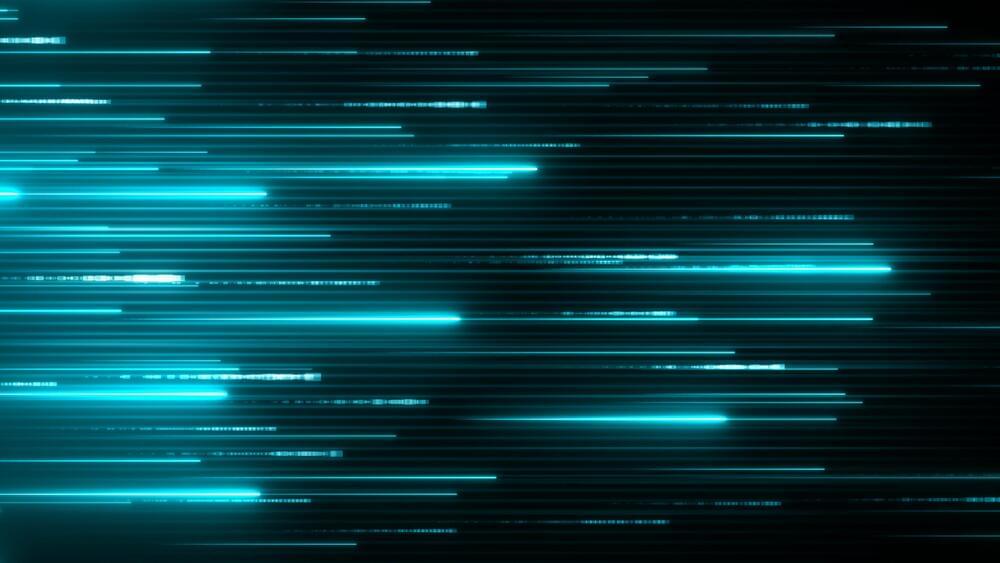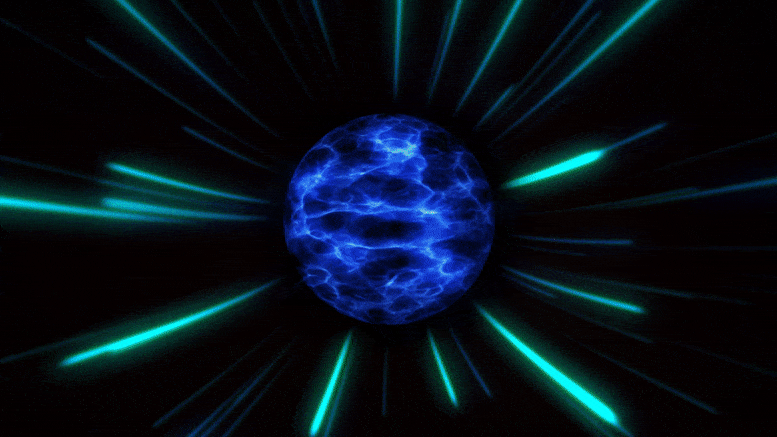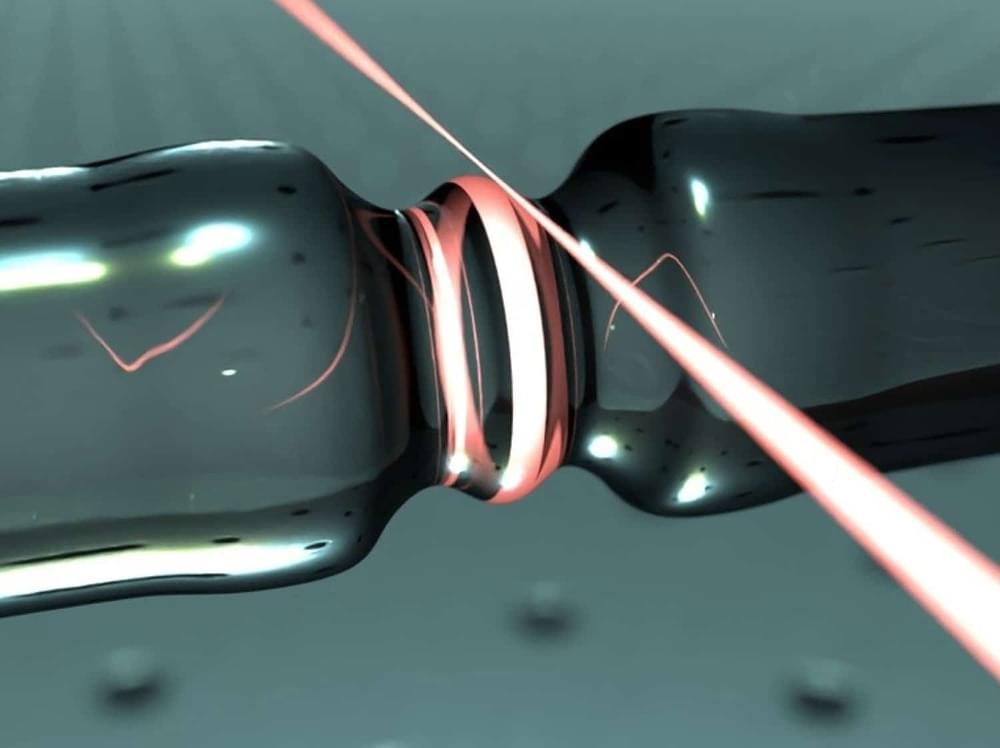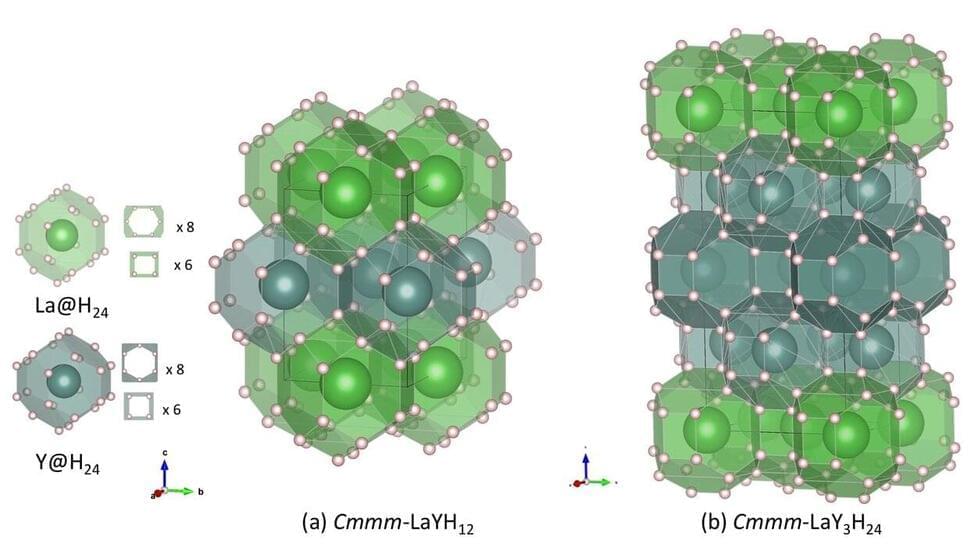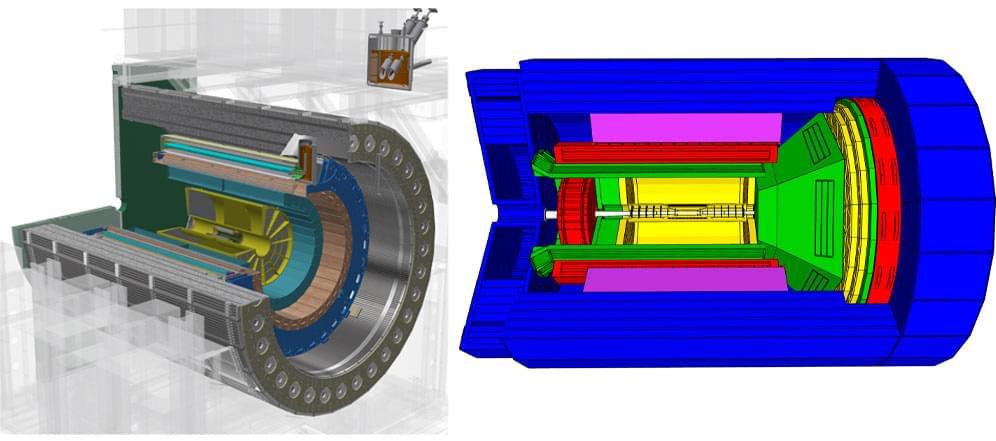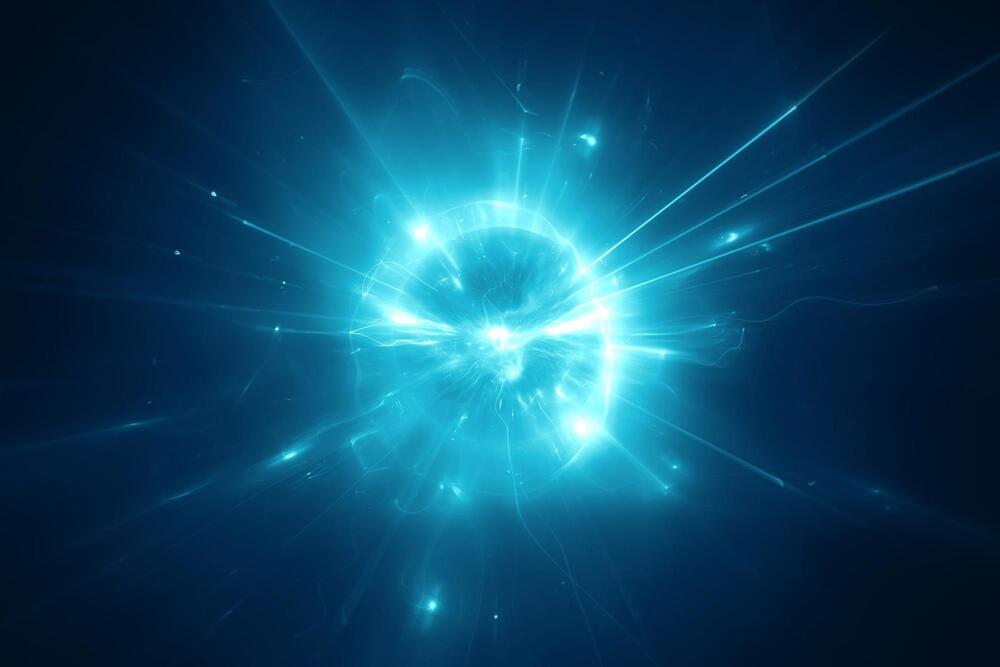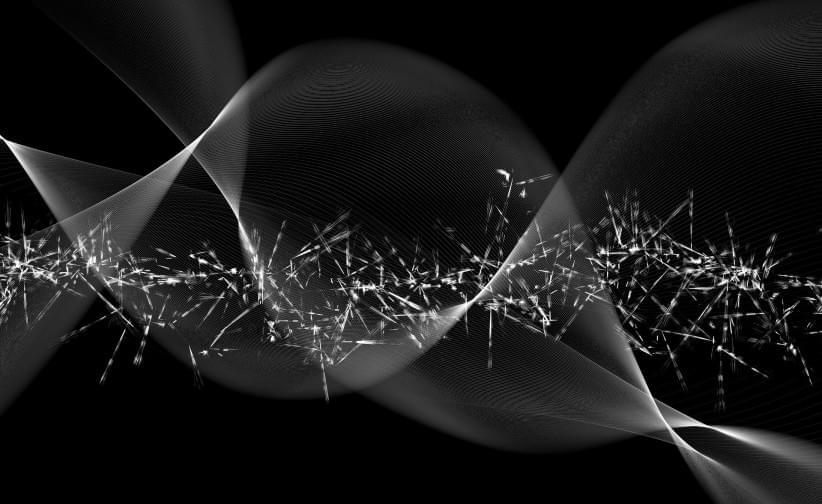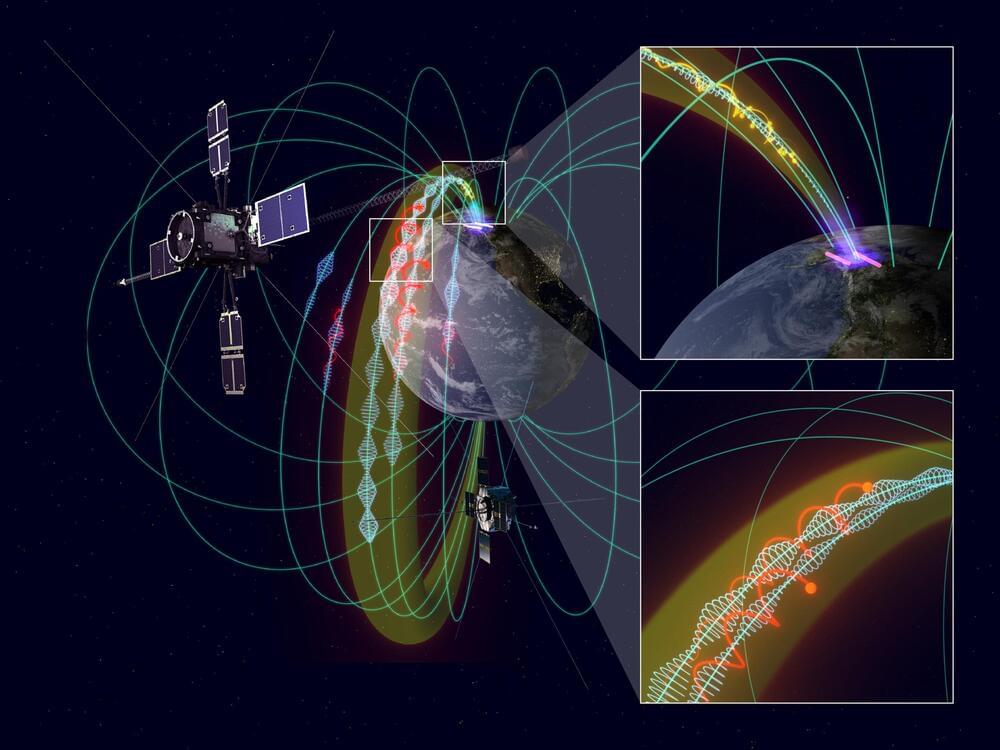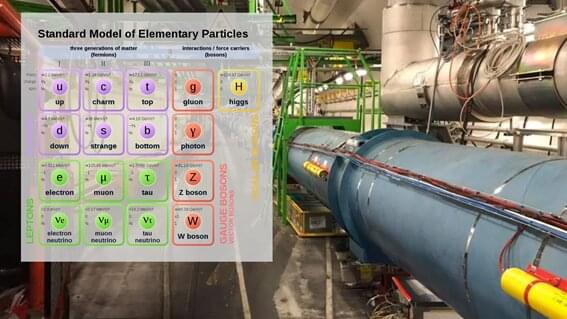Can information become a source of energy? Scientists from Simon Fraser University (SFU) in Canada devised an ultrafast engine that claims to operate on information, potentially opening up a groundbreaking new frontier in humanity’s search for new kinds of fuel. The study, published in Proceedings of the National Academy of Sciences (PNAS), describes how the researchers turned the movements of tiny particles into stored energy.
Practical demon-keeping
How would an information engine even work? The idea for such a contraption, which at first sounds like it would break the laws of physics, was first proposed by the Scottish scientist James Clerk Maxwell back in 1867. Colorfully named “Maxwell’s demon,” such a machine would theoretically achieve something akin to perpetual motion. Maxwell’s thought experiment was meant to show that it may be possible to violate the second law of thermodynamics, which basically states that the amount of entropy, or disorder, always increases.
